Join the Cesium AECO Tech Preview Program
We are excited to announce Cesium’s AECO Tech Preview Program. Throughout our community we see many Cesium experiences that combine the natural and built environment. To improve workflows and capabilities that place architecture, engineering, construction, and operations (AECO) content in a 3D geospatial context, Cesium has developed a new Design Tiler and Revit Add-In, now available for early access and feedback via our AECO Tech Preview Program. These tools transform IFC (Industry Foundation Classes) and Revit files into 3D Tiles, the OGC community standard created by Cesium for streaming massive 3D geospatial datasets.
Join us in connecting architecture and geospatial.
For those building AECO-focused applications who are looking for a faster way to provide smaller, more accessible and secure applications, or want an easier, more efficient way to share your design data via the web or other visualization platforms, your process will benefit from the end-to-end workflows using Cesium and 3D Tiles.
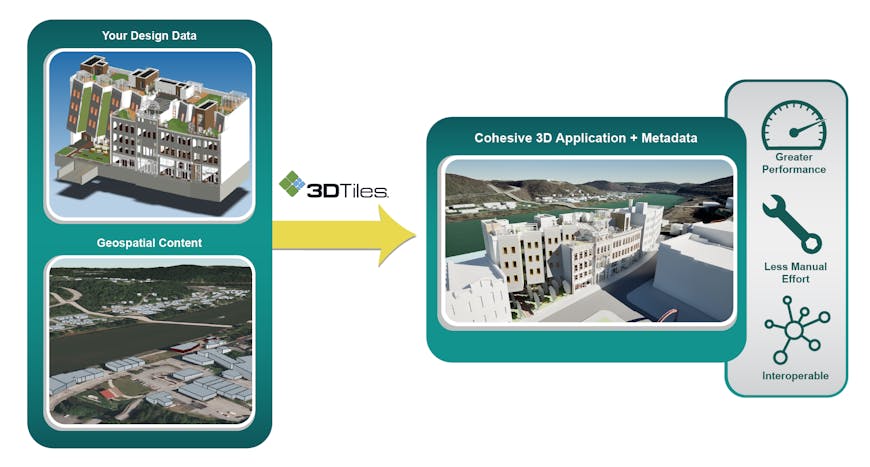
The new Design Tiler and Revit Add-In improve workflows and capabilities that place AECO content in a 3D geospatial context.
Streaming massive scale AECO content
Incorporating interactive 3D visualizations with AECO projects is becoming increasingly prevalent as a way to plan a project, collaborate with colleagues, analyze design options, and communicate the vision to stakeholders. Building and deploying AECO-focused applications that share complex and highly detailed designs with end users is challenging. These apps often contain many gigabytes of data from multiple sources, must react to frequent design updates, and are difficult to get into the hands of project decision-makers. Using Cesium’s Design Tiler and Revit Add-In, users can transform design data into 3D Tiles, including metadata for querying, filtering, styling, and analytics, for efficiently streaming massive scale AECO content to the web or through project-centered applications via Cesium’s geospatial platform. We have been developing and testing these capabilities, streaming 3D Tiles from design data with projects containing over 4 million individual objects and 800 million mesh triangles.
Streaming complex design data as 3D Tiles, including metadata for querying, filtering, styling and analytics. Hospital sample model provided courtesy of Autodesk.
Open standards
Open APIs and standards to support interoperability are at the core of Cesium and 3D Tiles. Developed by buildingSMART International, IFC is an open standard, widely adopted in the AECO industry, with support from major software packages by vendors such as Autodesk and Bentley Systems. IFC’s rich data structure captures not only geometric information but also metadata, including material properties, schedules, and the relationships between building elements, making it ideal for complex projects requiring detailed and interoperable data. With support for IFC, 3D Tiles can now be generated from a wide range of AECO verticals, including architecture, structural engineering, and MEP (mechanical, electrical, and plumbing) designs. With IFC data as 3D Tiles, there is greater performance, increased interoperability, and less manual effort to optimize this rich content for viewing and distribution.
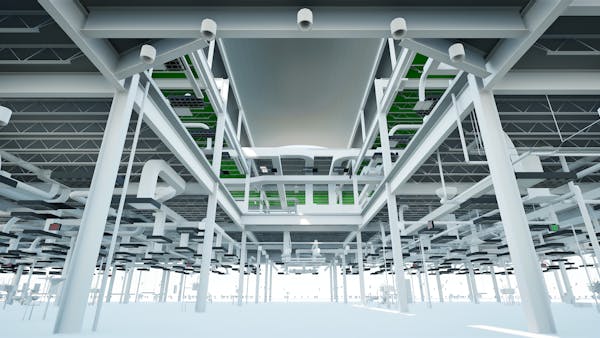
Sample IFC data including structure and MEP as 3D Tiles. Sample data courtesy of BSI (2020) "Medical-Dental Test Files," buildingSMART International.
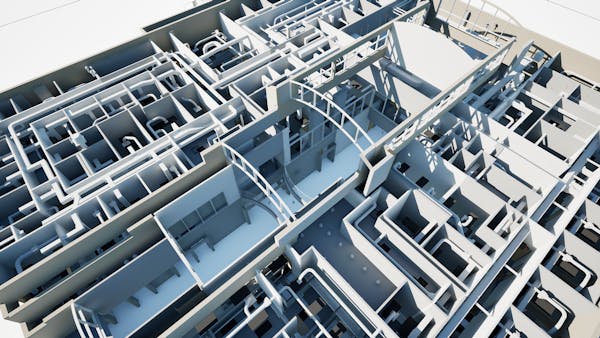
Sample IFC data including structure and MEP as 3D Tiles. Sample data courtesy of BSI (2020) "Medical-Dental Test Files," buildingSMART International.
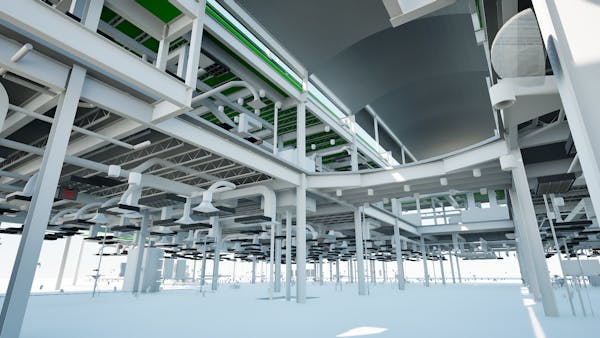
Sample IFC data including structure and MEP as 3D Tiles. Sample data courtesy of BSI (2020) "Medical-Dental Test Files," buildingSMART International.
Revit to Cesium ion
Because Autodesk Revit is widely used for designing buildings and infrastructure in 3D, and much of our sample data was in Revit files, our engineering team built a Revit Add-In that integrates with the Design Tiler to generate 3D Tiles. The exported 3D Tiles include the metadata, materials, and textures from your Revit files for efficient streaming on the web or in your visualization engine of choice. Cesium’s Revit Add-In provides a bridge connecting the architecture and geospatial worlds, unlocking value for both.
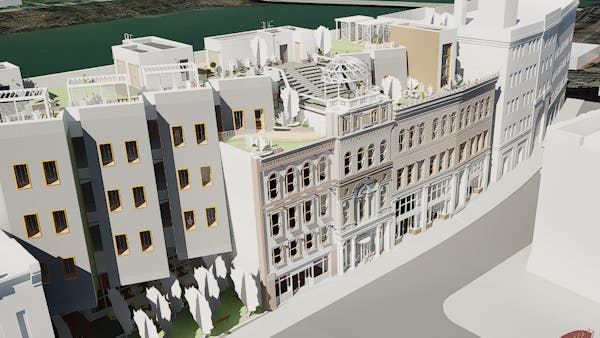
Autodesk Snowdon Towers sample data exported directly from Revit as 3D Tiles including structural and MEP content, full interior detail, and per-feature metadata streamed into Unreal with Cesium. Data courtesy of Autodesk.
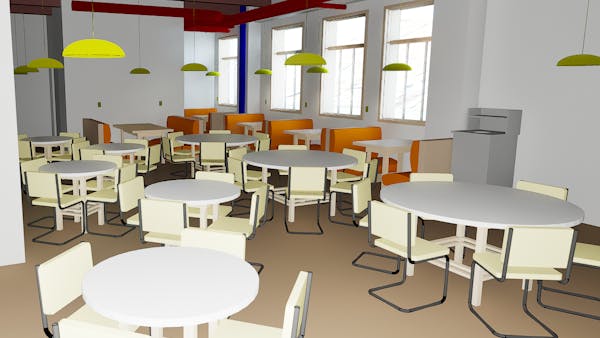
Autodesk Snowdon Towers sample data exported directly from Revit as 3D Tiles including structural and MEP content, full interior detail, and per-feature metadata streamed into Unreal with Cesium. Data courtesy of Autodesk.
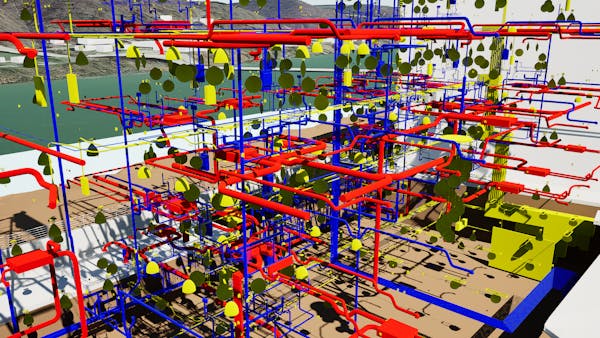
Autodesk Snowdon Towers sample data exported directly from Revit as 3D Tiles including structural and MEP content, full interior detail, and per-feature metadata streamed into Unreal with Cesium. Data courtesy of Autodesk.
Join the AECO Tech Preview Program
As Cesium moves toward an official release of the Design Tiler and Revit Add-In, we are pleased to offer early access to these new tools through the AECO Tech Preview Program. Participants will have access to the Design Tiler and Revit Add-In as we continue to develop them in parallel. Your experience and feedback will be invaluable as we refine and enhance these tools to meet your needs. This is a unique opportunity to influence the direction of our product and work directly with our engineering team.
UPDATE (12/03/24): The Design Tiler and Cesium ion for Autodesk Revit Add-In are now available through Cesium ion and the Autodesk Application Store. We look forward to collaborating with you to shape the future of 3D visualization in AECO.